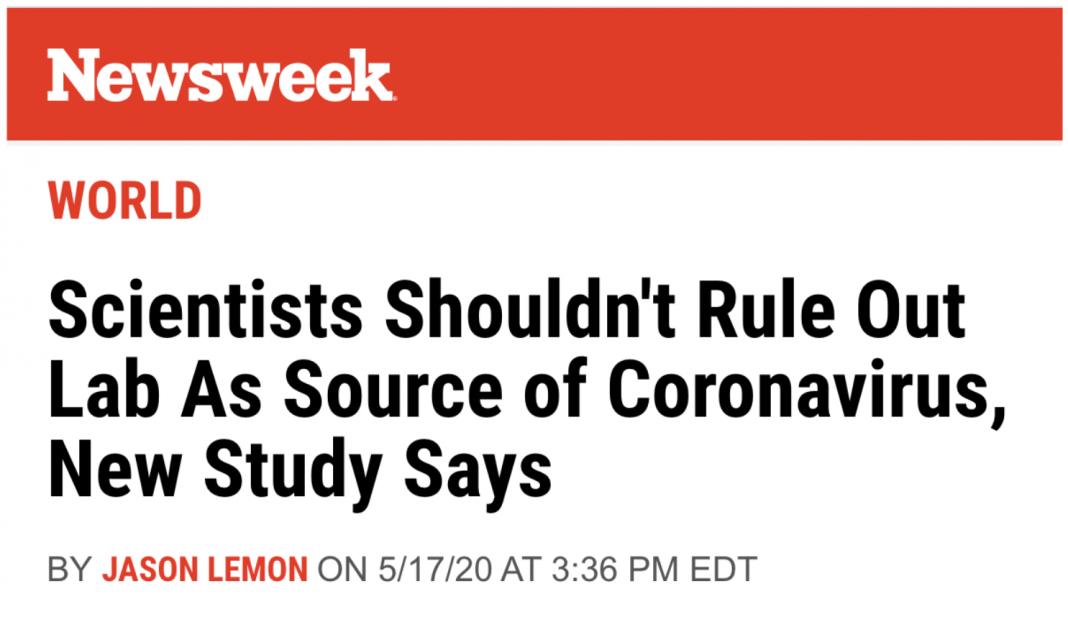Updated 3rd April 2022
Your browser does not support the video tag.
I wrote this article 12 years before the CoVid Pandemic.
How safe is it to revive dormant microbes, viruses or bacteria?
2009
Dr Jennifer Loveland-Curtze and a team of scientists from the Department of Biochemistry and Molecular Biology at Pennsylvania State University has revived a bug that has lain dormant for over 120,000 years.
The Story in Brief
Scientists who want to go bug hunting in space practice by searching out dormant bacteria on earth and reviving them for research.
The latest bug, a tiny brown-purple microbe was discovered when a Gram-negative 1 ultra micro bacterium was isolated from a 120,000-year-old Greenland glacier ice core recovered from a depth of 3,042 metres (3.042 kilometres).
Dubbed Herminiimonas glaciei, the pigmentation of the original colony was brown-purple but after recultivation the colonies were translucent white to tan coloured.
It took almost 12 months for the team to revive the microbe (designated strain UMB49T) by gently warming it in an incubator at 2%C for seven months and then at 5%C for a further four and a half months .
The H. glaciei microbe is tiny – ten to 50 times smaller than E. coli (which is also Gram-negative 1). Experts say its small size probably helped it to survive in the liquid veins among the ice crystals.
Dr Loveland-Curtze says that other microorganisms could exist on other worlds and studying Microbes found in extreme conditions on Earth may provide insight into what sorts of life forms could survive elsewhere in the solar system.
Stranger Danger

While the newly discovered bug and its revival has excited scientists who believe it raises hopes they might revive dormant life, including bugs found on planets such as Mars, none of the reports we have read so far, discussed the danger inherent in reviving long dormant bacterium.
Whether or not this particular Gram-negative ultra-micro bacterium is dangerous to humans (there was no mention of this in the scientific report but since this article is 14 years old, we can assume it was not) it does raise the question; is it safe to uncover such bacteria either from the depths of the earth or from extra-terrestrial planets?
There is the possibility that scientists may discover or “recover” DNA molecules that could have very beneficial uses but if one is discovered that is lethal to humans or plant and animal life would governments or terrorist groups be tempted to cultivate it for use as a deadly “weapon”
One could make the argument that it is better to discover a potential threat before it becomes a threat, so that scientists have time to examine it and develop an antidote to it. But can scientists be trusted to keep it secure? There have been instances including the recent escape from a laboratory in Australia of the horse flu virus that caused havoc in that industry
2023
(This was the example we used in 2009 but since then we have seen how the spread of Covid which probably escaped from a laboratory, caused millions of deaths and economic mayhem. A worse disaster was only avoided by scientists discovering a vaccine in time to minimise its effects – This time.).

Of course, human curiosity is not the only way that extra-terrestrial bacteria from Mars or elsewhere make their way to earth, for example there are 12 Martian meteors known to exist on earth, collectively called Shergotty-Nakhla-Chassingy or SNC (“snick”) meteorites. The most famous Martian meteor is called Allan Hills 84001 (ALH 84001) and is believed to have blasted off Mars 16 million years ago, hitting Earth 13,000 years ago in Antarctica. It appears to hold microscopic fossils of Maritain bacteria which sparked intense debate about whether ancient life ever existed on Mars.
Some people postulate that “life” may have “arrived” on earth aboard such meteorites which could lead one to hypothesis that the “killer” bug that wipes out humanity may also arrive the same way ….or be brought back to earth by an unsuspecting team of scientists? Maybe it is already here but lying dormant, possibly after wiping out life as it was in a previous millennium?
Is Earth the best place to do dangerous scientific research?

Shadow in the Flame believes that reviving dormant microbes, viruses or bacteria or bringing them back to earth for investigation is too important to be left to curious scientists to decide, especially as their rise to the top of the scientific ladder of recognition often depends on making ground breaking “discoveries”.
It is the mark of an outstanding scientist to be curious and we want and expect them to be excited by challenges and new discoveries. But is earth the only place to carry out this type of scientific research? Indeed, is it the right place? This may be exactly the type of work that should be done on a space station or on the moon.
Many governments have been looking for a good excuse to go back to the moon. Maybe they should build a secure research laboratory there to carry out this type of potentially dangerous research.
What do you think?
1 According to Wikipedia Gram-negative bacteria are those bacteria that do not retain crystal violet dye in the Gram staining protocol.
Many species of Gram-negative bacteria are pathogenic, meaning that they can cause disease in a host organism. This pathogenic capability is usually associated with certain components of Gram-negative cell walls, in particular the lipopolysaccharide (also known as LPS) layer. In humans, LPS triggers an innate immune response characterized by cytokine production and immune system activation. Inflammation is a common result of cytokine production, which can also produce host toxicity.

